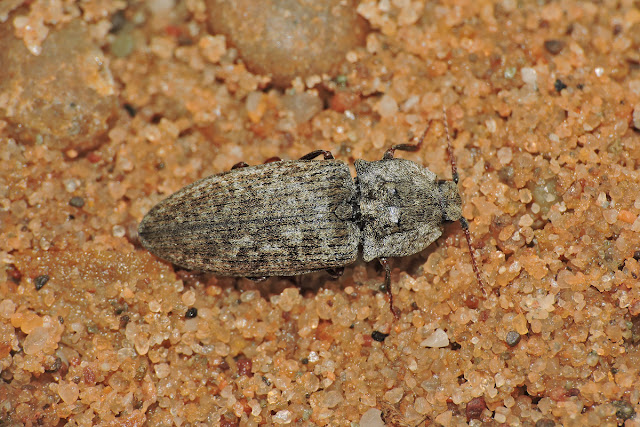I mentioned a few days ago that Jubilee Park and the floodplain area over the road was almost constantly flooded, and that there was some work being done. During that time the area did drain enough to see that they had made some progress with a wide channel .. but this morning it was all under water again. So on the way home, I pulled over to grab a couple of shots on my phone although by then the sun was completely in the wrong place but you get the gist.
Somewhere to the right of the temporary fenceline that you can see is the River Soar, and on the left of that fence is a deep wide channel which is (so far) completely ineffective!
The machinery is sitting in water in a makeshift compound, though they have moved out the portacabin that has flooded several times whilst in situ.
I still have several gigabytes of photos to sort and archive, a job that I started last year and have made good progress, but it will take a fair while. And I'm still finding a few bits to put up here from periods when I wasn't making time to post anything.
Such as these, yet more retro beetles, these all from the last PSL meet-up I went to over at Holkham in June 2016.
Broscus cephalotes
Phylan gibbus
Tasgius ater
Agrypnus murinus
Calathus mollis

























































